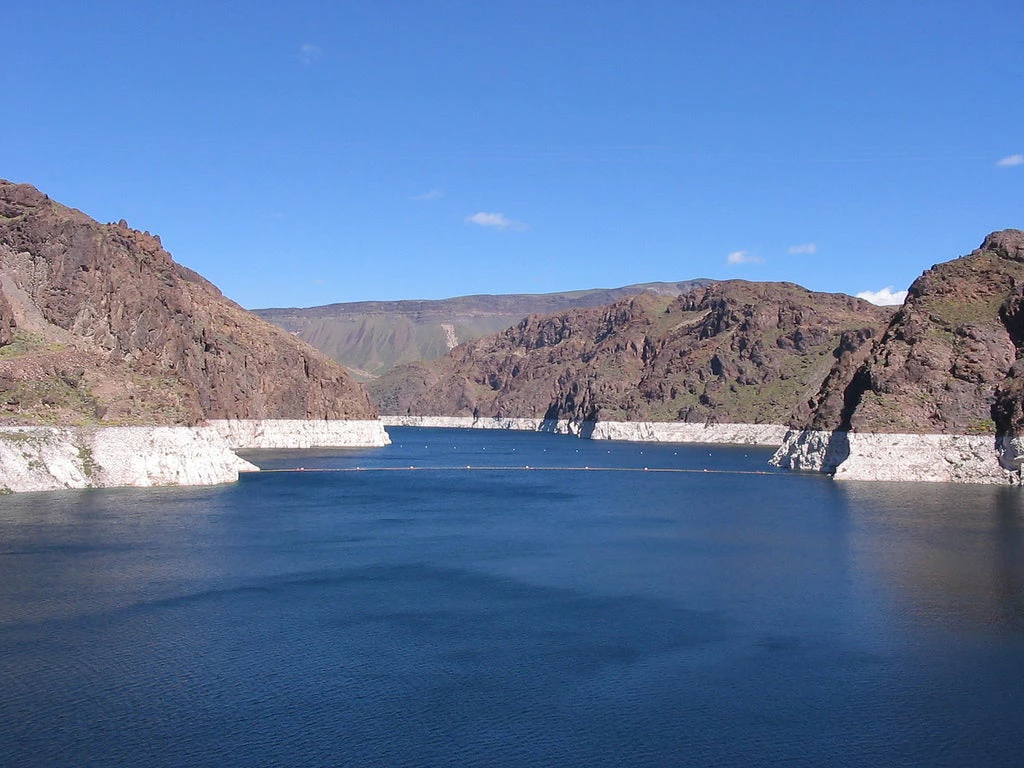
Nevada is located in the Mojave Desert, one of the driest places on earth. Yet, the population grew over 35% between 2000 and 2010 (the fastest-growing state in the US) and four-fifths of the population live in the Las Vegas metro area, according to the US Census Bureau. Vegas relies on Lake Mead (shown above), where water levels are declining, for most of its' drinking water. Bold action, including anticipating shortages, making tough choices, creative thinking across sectors, and strong engagement in diplomacy were keys to avoiding alternatives such as a water crisis or major constraints to economic development.
City and state agencies have gone from managing water services to engaging in urban planning, giving permits to businesses to run fountains in exchange for removing thirsty turf elsewhere. Public water agencies are now managing water resources more broadly, as in a US$1 billion investment in new water transfers to bring water to the city. And agencies are engaging in international diplomacy, working closely with CONAGUA, the National Water Commission of Mexico, on sharing the Colorado River.
Given increased stresses on water, Vegas may provide a glimpse into the future for a growing number of cities around the world.
Image: Lake Mead National Recreation Area, in Nevada. Used under a Creative Commons license, courtesy David Grant. Available at http://flic.kr/p/y5tEz.


Join the Conversation